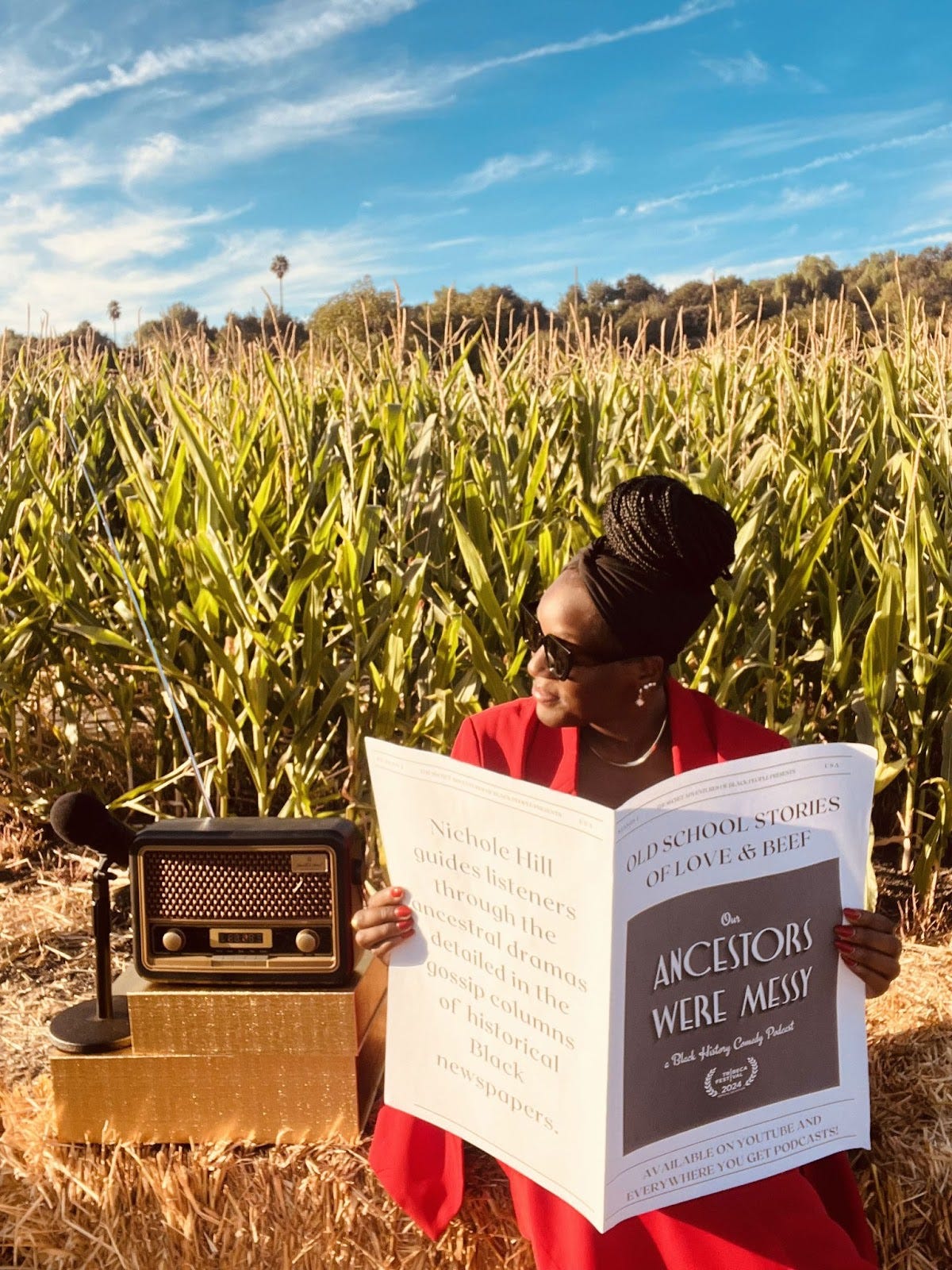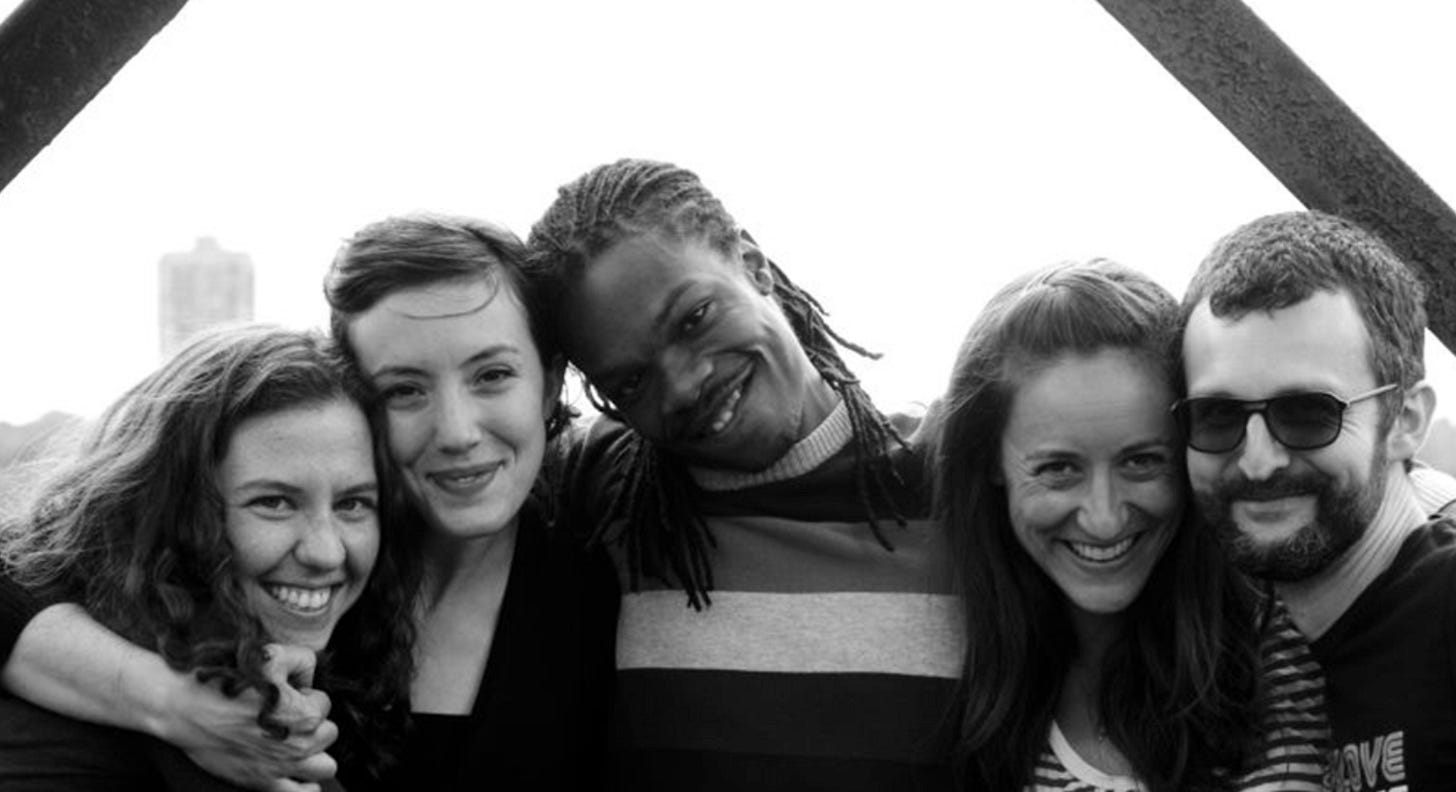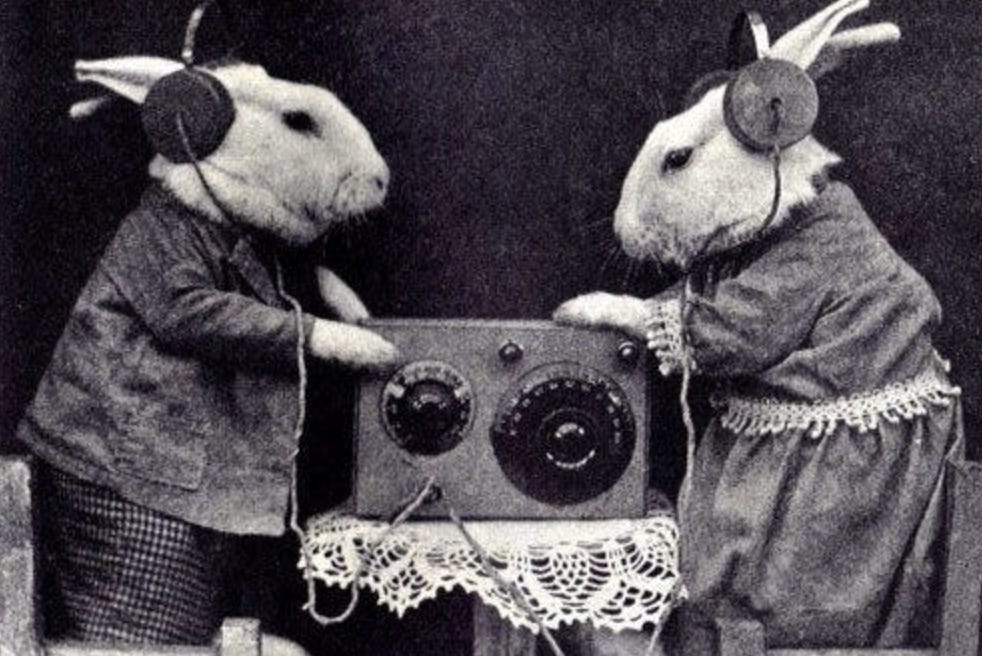Over the Transom | 02.07.25
Our Ancestors Were Messy, The Recollective, scene creation
Hi, Transom readers! Glad you’re here. A few announcements:
Our friend Erica Heilman, who makes the fantastic podcast Rumble Strip, needs your help with an ongoing series she’s calling “What Now Sounds Like.” She’s looking for voice memos that describe this moment in some way — you could record a call to your insurance company, or an argument or your thoughts in the middle of the night. It might be a reading of a recent family text string or a diatribe while making cocktails…Erica’s looking for sounds of futility and absurdity and occasional transcendence. Email your recordings to rumblestripvermont@gmail.com.
Transom and The Sound School Podcast are going to be at On Air Fest February 19-21 in Brooklyn, NY! Rob Rosenthal and Dr. Chenjerai Kumyanika, Peabody Award-winning reporter and creator of Empire City, are sitting down together for a live taping of Sound School. And as a member of the Transom community, On Air Fest is offering you an exclusive 40% discount! Use the special code SOUND40 to secure your tickets. See you there!
And for those of you keeping up with the latest developments on the historic home of WCAI and Transom, you might be interested in this commentary by Seth Rolbein that details where things stand.
What’s new on Transom
The Backstory to “Our Ancestors Were Messy” from Sound School
Tired of getting a no for your pitch? So was Nichole Hill. So she made Our Ancestors Were Messy herself. The pilot went on to become a selection for Tribeca Audio and now the podcast drops Feb 5! Hear the backstory on The Sound School Podcast from Transom and PRX.
Coming up:
Transom’s TOOLS editor Jeff Towne rounds up his favorite online resources for the technical side of audio production.
From the archives…
Sounds & Echoes: A Buffalove Story by Nina Porzucki and The Recollective
In honor of Valentine’s day, we wanted to share this radio love story. A few producers met while they were on the road for a year with StoryCorps, and decided they didn’t want to stop working together once the gig was up. They had a friendship which led to a rare kind of magical working environment — what they described “a strange symbiosis we call ‘delicious breeze/ kung fu grip.’”
Delicious breeze, is that easy going, letting things roll right off into the wind spirit; but kung fu grip is pinning things down, making sure that everything that needs to get done, does. Without delicious breeze wafting in, things are liable to get too tense, but if kung fu grip lets go than all might blow away. Somehow the five of us were able to maintain that balance. We worked and lived and socialized with each other, and a year later we were still on speaking terms. In fact, when we weren’t working on the road, we missed one another. And when the year was up we knew we would miss working together. So, we thought, why did it have to stop?
From there, “The Recollective” was born, and this piece from 2011 describes how they got their project off the ground, buoyed by their love of radio and each other. The five producers made a series of short pieces about the music scene in Buffalo, New York. Here’s a taste of one, about the uncertain fate of an heirloom in one Italian American family: a local radio show started by their grandfather when he moved to the United States in 1932.
Tip of the week: creating a scene when there isn’t one
This American Life producer David Kestenbaum’s Transom manifesto is full of great advice, including how to build a scene. As you may have heard, audio is a visual medium. David says that his wife “sometimes makes a gagging motion” when she hears him say this. But it’s true! You need to give the listener some images. So, what do you do if you’re working on a story that doesn’t seem to have any scenes? Here’s David’s advice:
If there isn’t a scene, make one. Take this story by Laura Sullivan on TASERS. And well…I’ll just let you listen to the tape.
Much better than just describing it in words. And the whole scene is just so surprising. I love it.
And here’s the story about how even privacy advocates don’t usually bother to encode their email. We end up going door to door at this civil liberties organization to see if anyone encrypted their email, none did. An idea, captured in a scene.
Ideally, I’d like EVERY fact in my story to be made visual by some image. I once decided to do a story about nuclear plant licensing (don’t ask). On the wall, the reactor folks had a framed photo of a bunch of smiling guys in suits with their hands on a huge stack of documents — all the paperwork leading to a successful license. And when I went to the Nuclear Regulatory Commission — there it was again — the SAME framed photo, framed in the same way, same mounting. That one image made several points: A) You have to file thousands of pages of paperwork if you want to build a nuclear reactor. B) The government and industry had close ties here — though the NRC is also supposed to be watchdogging the utilities. C) Energy is a business (men in suits). And you remember it — guys in suits with their hands on a huge stack of paper.
Community corner
This week’s community conversation topic: what piece of audio made you fall in love with the medium? It could be any piece of sound — a song, a radio program, a recording of a stream, a particular episode of a podcast, a well read audiobook. Share it with us in the comments!





For me, it was probably the RAI (Italian national broadcaster) radiodramas "Diabolik" that I listened to in the morning as a kid. They were actual visual cinema, heavily acted (if you know what I mean), rich in sound design, and incredibly immersive.
So many to choose from but the piece of audio that made me decide I wanted to spend my life making stories is Long Haul Productions’ The Lord God Bird.
https://www.npr.org/2005/07/06/4721675/brinkley-ark-embraces-the-lord-god-bird